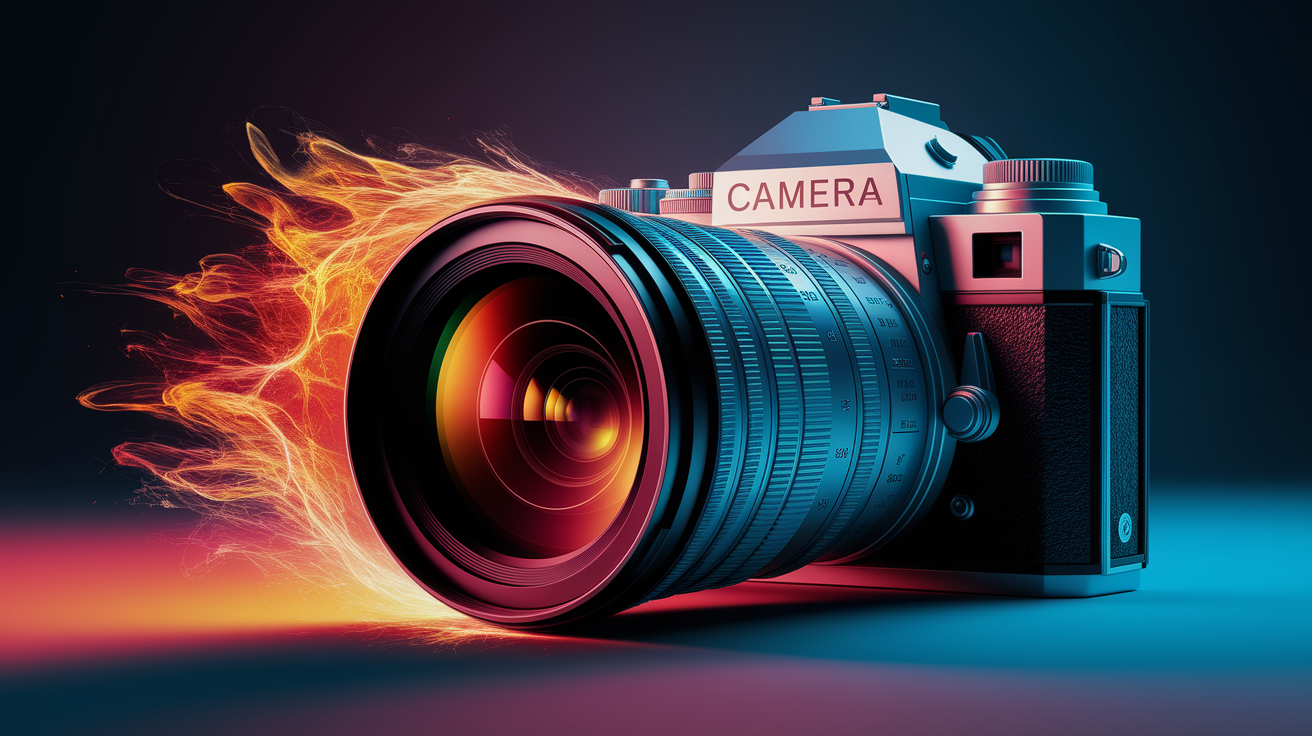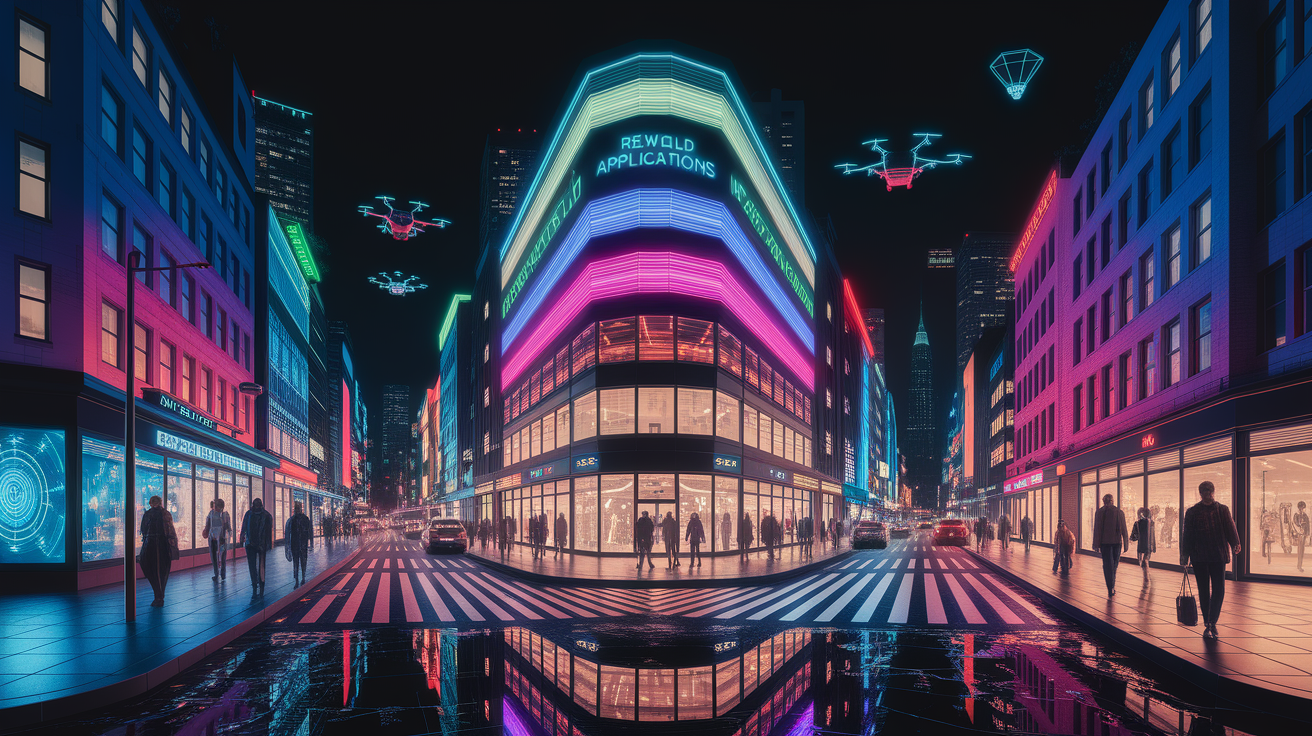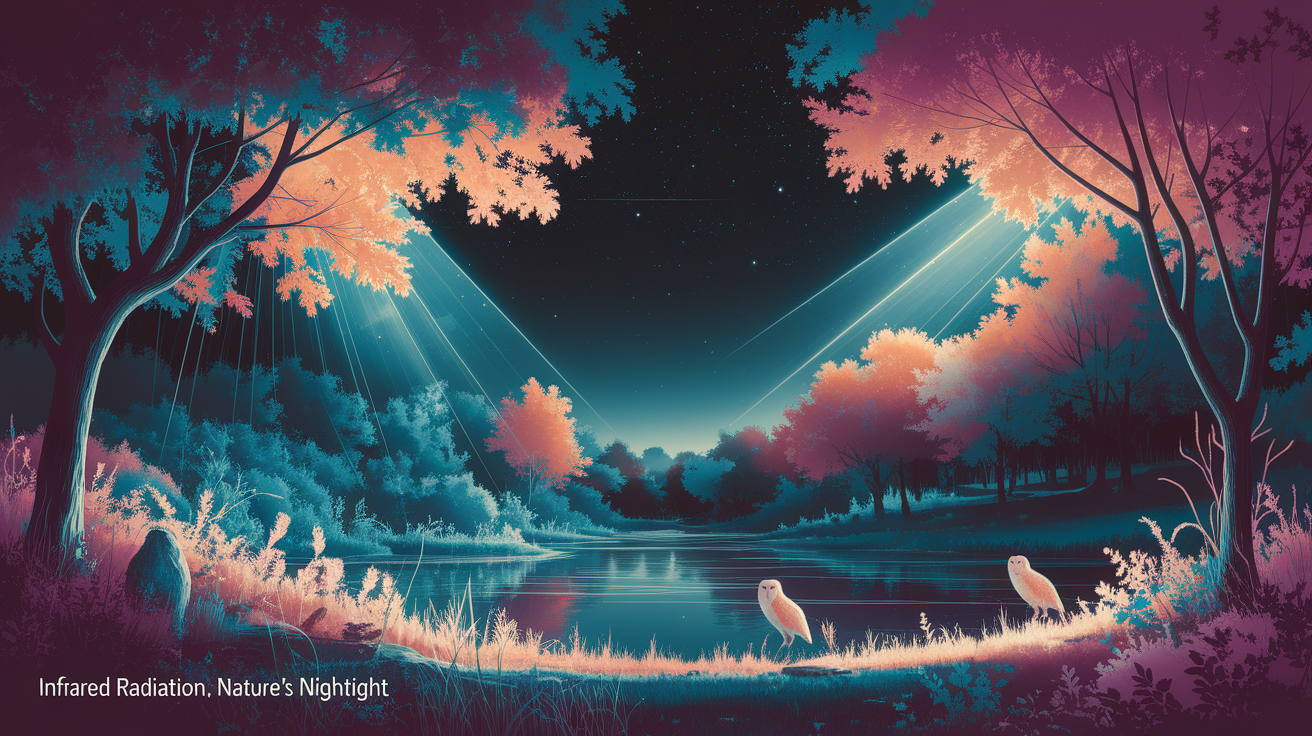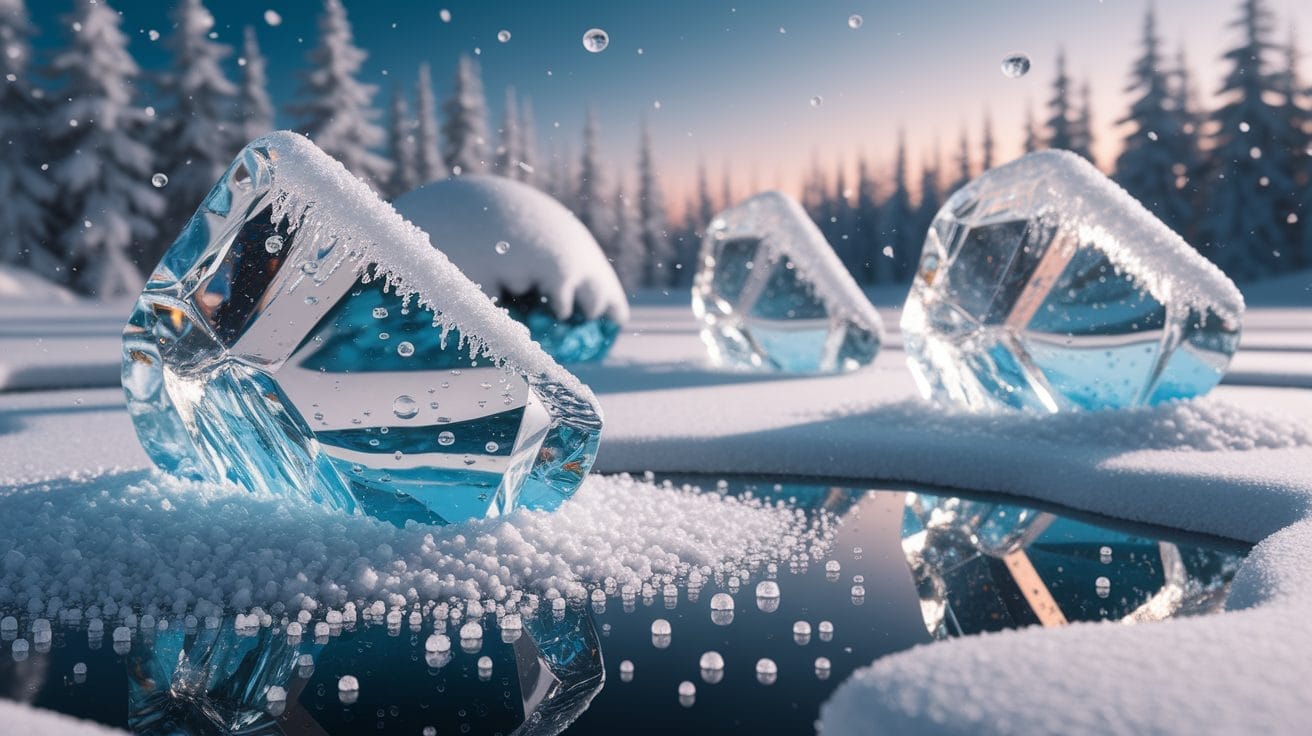Into the Heat: The Quick Answer
Thermal cameras don’t need light to “see.” Instead, they detect infrared radiation—the heat energy emitted by objects—and convert it into images showing temperature differences. This allows them to create clear pictures even in complete darkness.

Infrared Radiation: Nature’s Nightlight
Every object around you, from a cup of tea to a cold stone wall, constantly emits infrared energy based on its temperature. Think of it like a hidden glow—bright for warm things, dim for cooler ones. This glow is part of the electromagnetic spectrum, but it’s invisible to our eyes.
According to thermal imaging experts, most cameras detect longwave infrared waves up to about 14,000 nanometers. That’s far beyond the 700 nanometers our eyes can see in visible light. Instead of capturing light reflected off surfaces like normal cameras, they sense radiant heat energy directly.
- Warm objects may show up as reds, yellows, or whites in a thermal image.
- Colder surfaces often appear as blues or purples.
- This heat mapping is called a thermogram.
Turning Heat into Images: Camera Components
A thermal camera is like a translator for heat. It collects invisible infrared waves and turns them into colorful visuals you can understand.

As described by thermal imaging technology sources, here’s how it works:
- Lens: Special optics that focus infrared energy instead of visible light.
- Thermal Sensor (Focal Plane Array): Packed with thousands of pixels, each one acts as a tiny heat detector, recording the amount of infrared radiation hitting it.
- Signal Processing Electronics: These convert infrared data into electrical signals and then into temperature values.
- Display System: Shows the processed thermogram, often in false color for easier interpretation of temperature differences.
The sensor type matters too: uncooled thermal sensors like microbolometers are common in handheld devices, while cooled thermal sensors are used in high-precision industrial or military models for greater thermal sensitivity and range.
Night Vision Redefined: Operation in Darkness
Unlike night vision cameras that amplify existing light, thermal cameras work in complete darkness because they detect heat, not light. Since every object above absolute zero (-273.15°C) emits some infrared radiation, there’s always a “signal” for the camera to pick up—even in pitch black.

That’s why they excel at:
- Spotting a person hiding in the shadows.
- Finding warm machinery parts in an unlit warehouse.
- Tracking wildlife without using visible lights that might scare them.
Real-World Applications in the Dark
Thermal cameras aren’t just cool gadgets—they’re practical tools across many fields. As noted by industry guides, here are common uses:

- Security & Surveillance: Detecting intruders or monitoring perimeters at night without lighting the area.
- Search & Rescue: Locating missing persons by their heat signatures in forests, rubble, or at sea.
- Wildlife Observation: Studying nocturnal animals without disturbing them.
- Infrastructure Inspections: Identifying overheating electrical components or poor insulation in dark or inaccessible areas.
Beyond Darkness: The Power of Thermal Vision
Thermal cameras also work in conditions that make regular cameras or the naked eye useless: through smoke, fog, light foliage, and in glaring sunlight. This added layer of “heat vision” reveals patterns and problems invisible to visible-light optics.

In industrial maintenance, spotting a faint hot spot can mean fixing an issue before it becomes a critical failure. In firefighting, seeing through smoke can direct firefighters toward the source of danger—or to survivors who need help.
By mastering the detection of heat signatures, thermal imaging extends our vision beyond the limitations of light, making it a staple across safety, science, and exploration.













